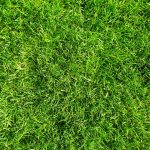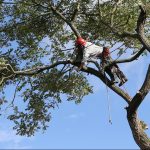Are Your Trees Getting Enough Water?
Summer is finally upon us, and while we’ve been waiting all year for it, warmer weather can propose some concerns for your trees. It’s critical to quench your tree’s thirst, which can be done with sprinklers, drip irrigation, or a just hose. However, there are some dos and don’ts when it comes to watering your trees.
Do: Water deeply rather than frequently. A tree’s roots are typically found within the two feet beneath the ground surface. This is the zone that should be wetted each time you water. Each irrigation cycle should meet your tree’s water needs for between a week to a month during the hottest part of the summer, depending on the soil type and species of your tree.
Don’t: Continue watering when runoff starts. Water is absorbed slowly in soils that are compacted. For example, soil containing a lot of clay has been known to absorb as little as 1/4 inch per hour. If water starts to pool and runoff, stop watering and let it soak in, then start watering again. Repeat this until you apply enough water to saturate the top two feet of soil.
Don’t: Saturate the soil for long periods. Water will displace air in the soil, so if the soil is saturated for too long it can suffocate growing roots. Give the roots a break between watering cycles, allowing the water to be fully absorbed. When in doubt, probe or dig into the soil to make sure it isn’t soggy below the surface.
Where to Water
The best place to apply water is different for newly planted trees versus established trees.
Newly planted trees need to be watered thoroughly immediately after planting. Until new roots grow outward from the planting site, all the tree’s roots will remain in the original root ball area. Water the root ball and just beyond this area. The root ball may dry out quicker than the soil around it, so check the moisture frequently for the first couple of months after planting. See How To Plant A Tree Like A Pro for more details on watering newly-planted trees. Remember, a newly planted tree can take up to two years to become established.
Established trees should not be watered directly adjacent to the trunk. This creates malformed root systems and can increase the risk of disease. A tree’s roots extend far beyond the edge of canopy or drip line, so water in the outer half of the area under the canopy and beyond.
The Details
Your tree’s water needs change over time. The amount of water your tree will need can be affected by:
Age – Newly planted trees will need to be irrigated more frequently than established trees as their root systems are more limited.
Root damage – When an established tree suffers root loss or damage (due to trenching within the root zone, for example) it will likely need additional irrigation until new roots grow and replace the ones that were destroyed.
Seasons – The need for water is greatest in mid to late summer when it is hottest out, and most of the moisture in the soil from the rainier seasons has been depleted.
Soil conditions – The type, depth, and condition of your soil influence how much water it will store, and consequently how often you will need to water. Soils with high clay content holds more water and can be irrigated less often. Sandy soil will hold much less water and require more frequent irrigation.
Species – Some tree species need no additional irrigation once they are established while other species will not fare as well without consistent irrigation throughout the summer.
This summer in the Northwest is expected to be very hot, and if your trees are not watered properly, they could undergo stress due to lack of water. While specific details may vary by species, there are some common signs across the board indicating if a tree is displaying symptoms related to water stress. Detecting such signs early on can be very helpful. Stressed trees are generally more vulnerable to disease and insects.
Here are the five primary signs of drought stress in trees:
1. Wilting Leaves
One of the most common indicators of water stress, wilting leaves are usually among the first signs you will see of a drought-stressed plant. Leaves wilt because of diminished turgor pressure; they have less water in their cells. This happens when plants are losing water through transpiration more quickly than they can absorb it. This wilting will usually start at the top of the tree.
2. Tree Displaying Fall Colors Too Early
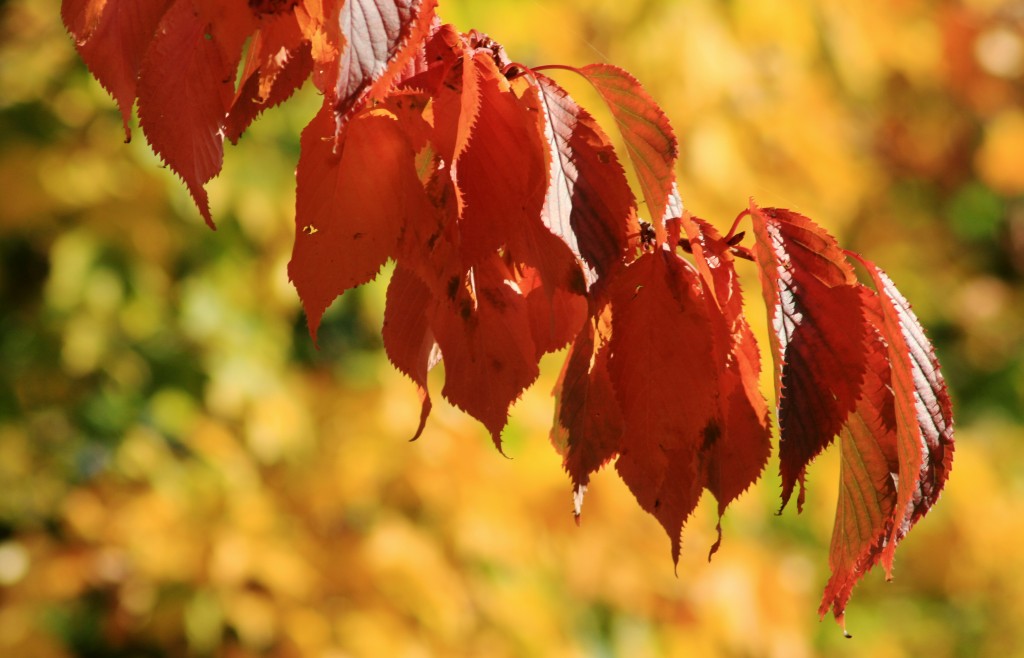
If your tree is displaying autumn-like colors in summer months, this could be a sign of water stress. Drought stress in trees can sometimes trigger early formation of what is known scientifically as the leaf’s “abscission layer.” Located at the base of a leaf stalk, this layer is responsible for blocking the flow of nutrients to the leaf itself. The developing blockage contributes to the leaf’s loss of green coloring, resulting in the display of browns and oranges. Drought stress can start this process ahead of the normal schedule. In other words, if a tree is displaying fall colors before the actual start of autumn, that means the tree may be dealing with drought stress.
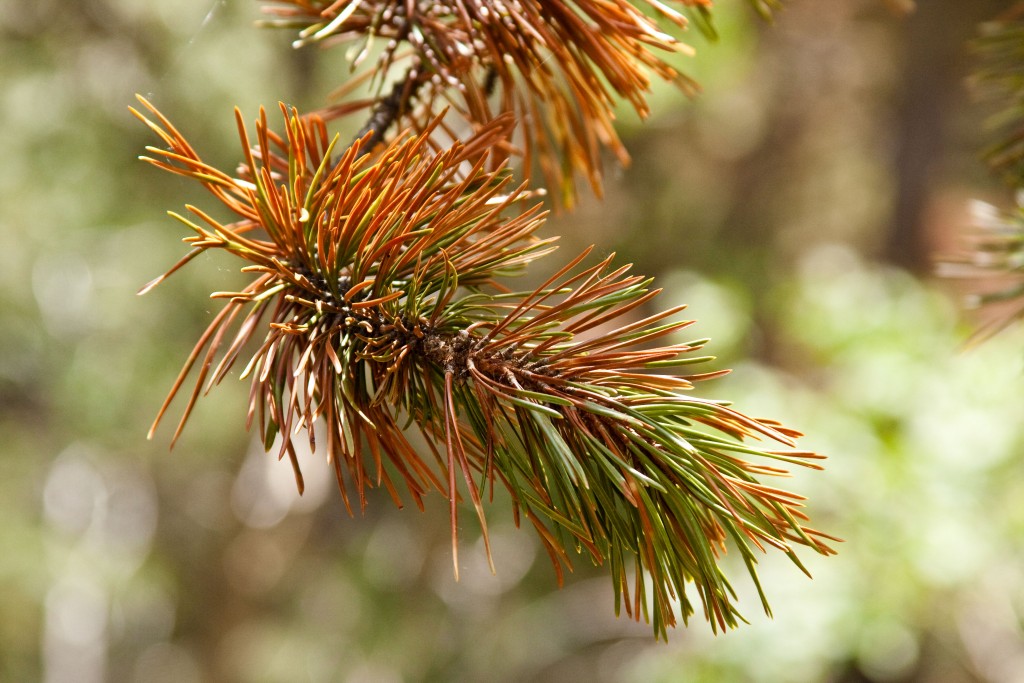 3. Leaves Appear Scorched
3. Leaves Appear Scorched
A tree’s leaves may turn brown from the outside edges inward when the tree is water-stressed. This occurs because these areas naturally have the least amount of moisture in the leaf, so when water is scarce, they brown first.
4. Leaves Falling Prematurely
For the same reason that the leaves may be browning, the leaves from a water-stressed tree may fall prematurely. It is an indication that the tree is trying desperately to conserve water. Sometimes the leaves will change color first; other times they will just drop.
5. Caring for Water-Stressed Trees
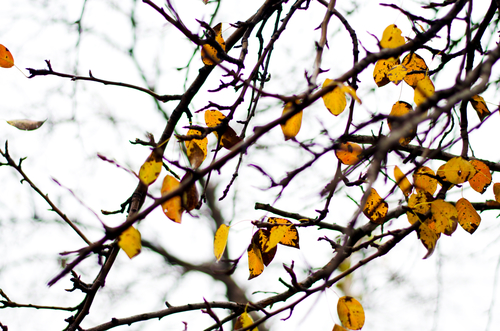 What water-stressed trees need most of all is more water. When watering the tree, it is generally better to aim for watering deep, as opposed to just covering a large surface area. You want for the water to be able to sink deep down to the tree’s more profound roots.
What water-stressed trees need most of all is more water. When watering the tree, it is generally better to aim for watering deep, as opposed to just covering a large surface area. You want for the water to be able to sink deep down to the tree’s more profound roots.
If for any reason you feel it is too late for a particular tree or would like a consultation as to whether a stressed tree should be removed, our team at Inexpensive Tree Care is happy to help. Give us a call at 503-504-4179 for a free consultation today!


